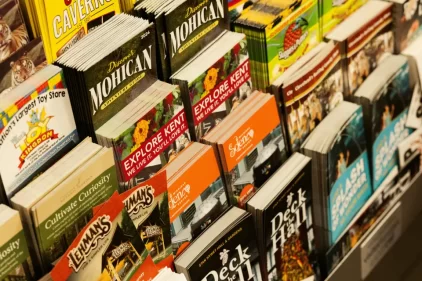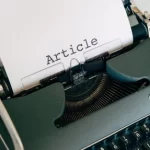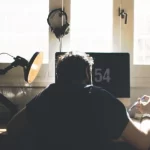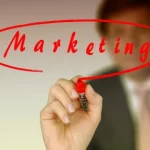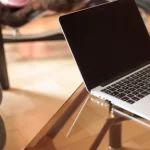- By Ravindra Kumar
- 15 Jan, 2025
- Advertising
A Guide to Brochure Printing
The passage you’ve shared provides an informative guide on how to approach brochure printing effectively. Here’s a breakdown of the key elements covered:
1. Identifying Needs and Budget:
- Before starting the brochure design, it’s important to clearly identify the purpose of your brochure (e.g., real estate listing, trade show handout, or a data sheet) and set a budget. This will help guide your decisions for layout, design, paper, and printing method.
2. Layout and Design:
- The brochure’s layout should include both text and images that help convey your message clearly and attractively. This is the first step before moving on to printing, as the design impacts both the printing process and the final product.
3. Printing Options:
- Offset Printing:
- This is the most common method for high-quality, full-color commercial printing. Offset printing uses metal plates and an intermediary surface (like a rubber blanket) to transfer ink onto paper. It’s best for large print runs and provides sharp text and high-resolution images.
- While offset printing has high setup costs, the actual printing is relatively inexpensive when printing in large quantities.
- Laser or Digital Printing:
- Laser printing (often used in smaller printers) uses a laser beam to produce an image on paper. It’s commonly used for small runs and quick jobs.
- The quality of laser or digital printing is generally not as high as offset printing, especially in terms of image resolution, but it can be more cost-effective for small quantities or when speed is a factor.
- You can also use a small laser or inkjet printer or visit a copy store for small, low-volume jobs to avoid high setup fees and shipping costs.
4. Choosing Paper:
- Paper selection plays a significant role in the brochure’s overall look and feel. Heavyweight, coated, or glossy paper types are often recommended for a more polished, vibrant appearance.
- The type of paper you choose can also affect the perception of your brand and the overall quality of the brochure.
5. Folding Options:
- The folding style is another important consideration. Common folding options include:
- Half fold or single fold (simple fold in half).
- Tri-fold (where the left and right flaps open).
- Z-fold (which opens like an accordion).
- The choice of fold will depend on the design of your brochure and how you want to present the information.
- Larger print runs often result in cost savings, as most printers offer discounts for bulk printing.
6. Fun and Creative Process:
- The passage emphasizes that brochure printing can be a creative process, giving businesses an opportunity to express themselves visually and communicate effectively with their audience. Once you’ve decided on the design, paper, and fold, you’re ready to proceed with printing.
Conclusion:
Brochure printing can be a straightforward process when you plan ahead and make informed decisions about layout, printing methods, paper, and folding options. Whether you’re doing a large print run with offset printing or a smaller job with laser printing, the key is to match your printing choices with your needs and budget. By doing so, you’ll create a professional, high-quality brochure that effectively communicates your message.

